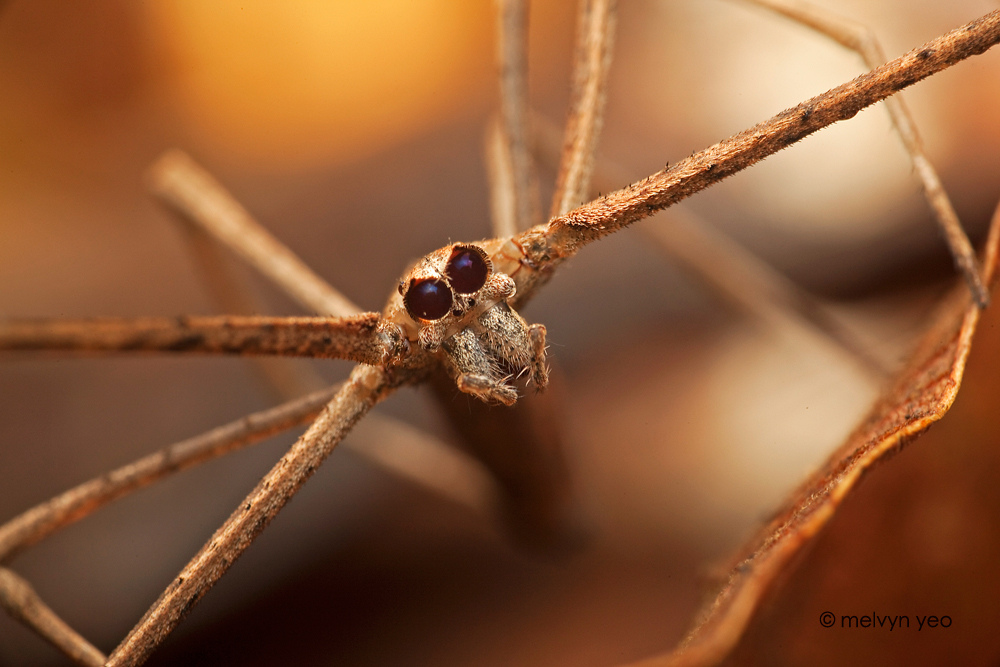The Ogre-Faced spider of drones

As many of you know, I considered going to grad school for biology, specifically because I wanted to investigate the cognitive capabilities of spiders. I believed there were certain species of spider that had the genuine ability to think and plan out strategy, and although I decided to pursue another path, I would also like to note that I have since been proven right. I knew it all along. Not all of them have the ability to think, of course, in fact I frequently use the example of a black widow and her behavior to illustrate concepts in artificial intelligence, specifically to define what is and isn’t intelligence.
So if you take a look at the lovely lady in the header image, you’ll see a spider that is unique in many ways, not the least of which is that it has two different and distinct colloquial names – one based on her appearance, and one based on her behavior. That’s unusual in the insect kingdom (which isn’t really a kingdom in the biological sense, but you know what I mean). Her first name is the ogre-faced spider, for reasons I think are pretty obvious. Her other name, however, is the one we’re concerned with and it describes not just her behavior but what I believe is at least a low-level ability to cognate: the net-casting spider.
That’s right! This spider makes a net, waits for some unsuspecting bug to mosey underneath, then not only traps the bug in the net, but will expand the net to fit the bug if necessary, or in some cases allow the bug to pass if she feels it will put up too much of a fight. And people say spiders can’t think. Or maybe they don’t say that, but if they do, they shouldn’t.
So why all the talk of spiders that can do the thinky thinky? Well, besides the fact that I use spider cognition – insomuch as it is – to explain artificial intelligence concepts, the netcasting spider is also the first thing I thought of when I saw this post over at Engadget: It turns out students at Michigan Tech are developing a drone that, just like the netcasting spider, can throw out a net to catch other drones in midair! How badass is that? Here’s the gif, borrowed from Engadget’s post:
The designers call it ‘Robotic Falconry,’ which makes perfect sense if you’ve ever seen a falcon hunt; they often pluck their prey, if it’s a bird, out of midair. The rogue drone, as it were, is similarly plucked right out of the air via net and hauled away, helpless, to someplace for…well, I’ll say tea and cake, but more likely disassembly.
I like this idea. It seems a less-lethal way of dealing with a rogue drone. If you think that perhaps this is addressing an issue that isn’t a real problem, you might want to read this post from Ars Technica. We don’t want to see anyone get hurt, and this guy was ready to do it. There’s a fascinating follow-up to that whole thing as well that could set law and policy about drones and would necessarily be very wide-ranging, covering ownership, privacy, property, and how all these things interact and overlap where drones are concerned. Additionally, as Engadget’s post also points out, Japan is testing a net-casting drone because shooting them down could be harmful if they are loaded with a dangerous substance, a problem they’ve already had to deal with.
This could all be focused into something productive, though. What we REALLY need is some kind of gladiatorial drone-combat sport thing – that would be fun to watch. Just like the BattleBots competitions they have, drone wars could become a real thing. A real, exciting thing. Drones with nets, drones with lasers, drones that shoot flames and crash into each other. I’d watch that.


